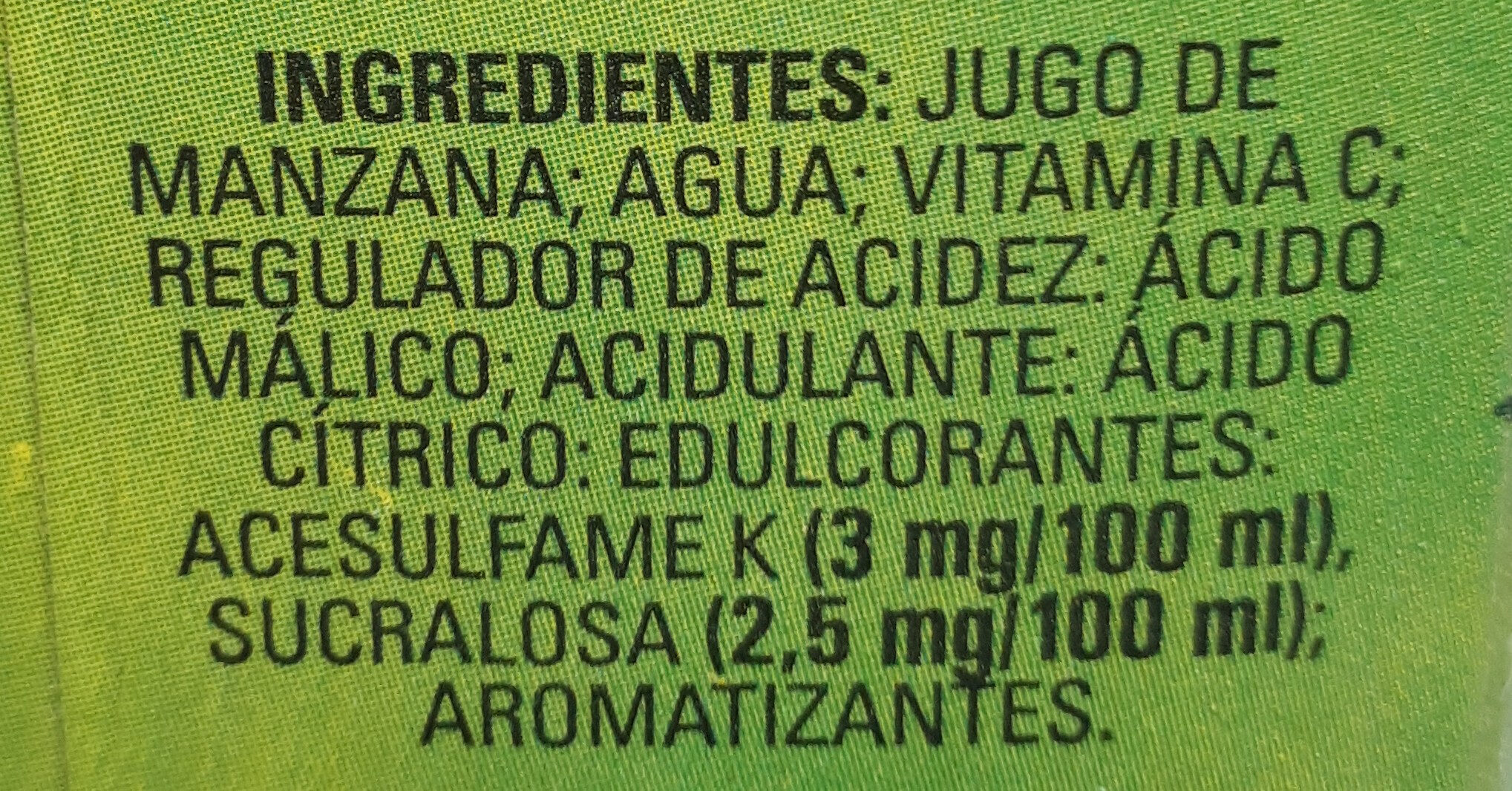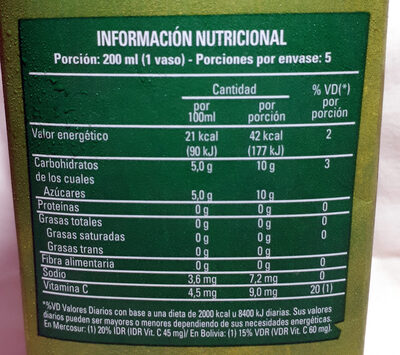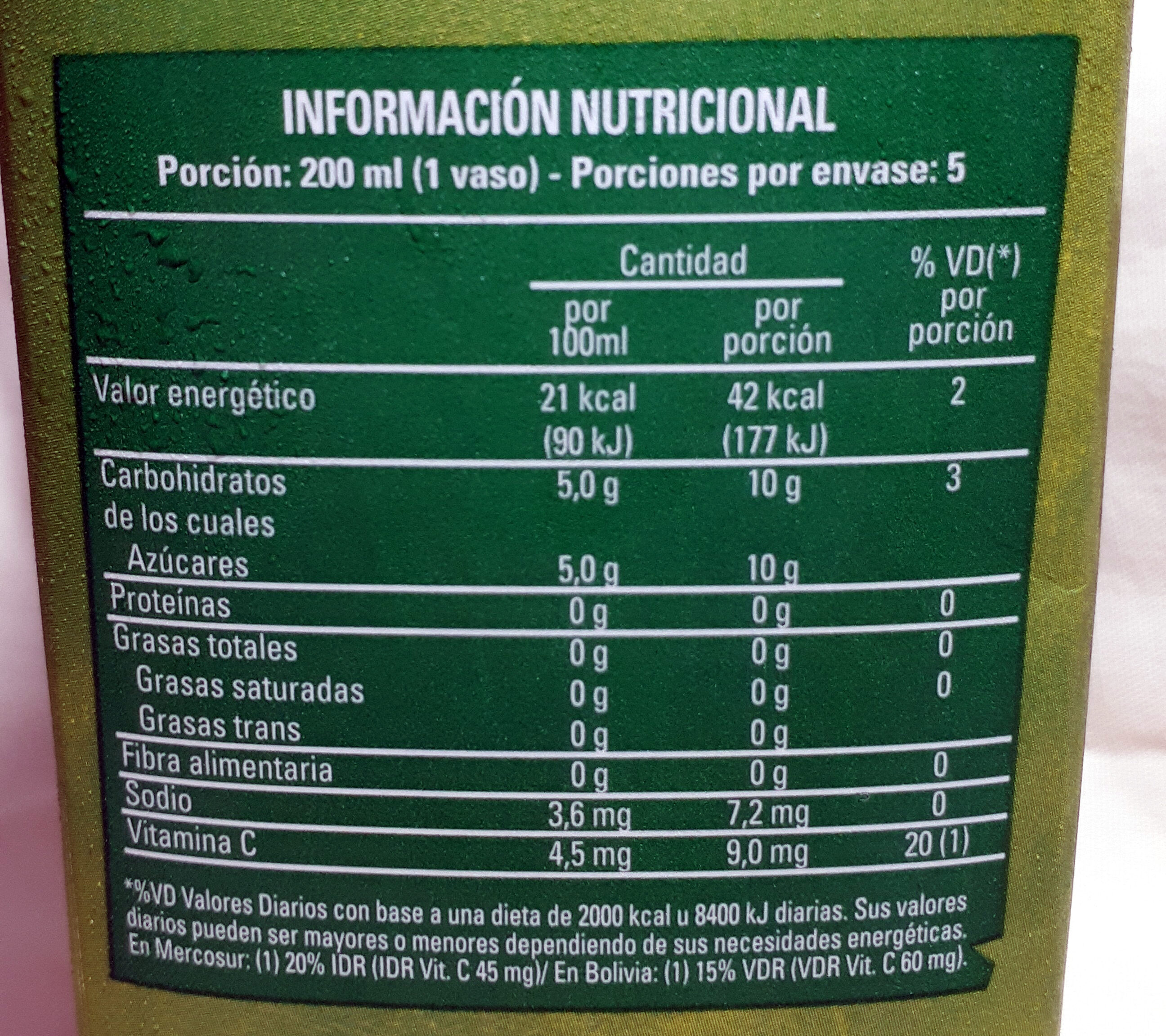Manzana - BC - 1 l
This product page is not complete. You can help to complete it by editing it and adding more data from the photos we have, or by taking more photos using the app for Android or iPhone/iPad. Thank you!
×
Barcode: 7793360106040 (EAN / EAN-13)
Quantity: 1 l
Packaging: Multilayer-composite, Tetra Pak
Brands: BC, La Campagnola
Categories: Plant-based foods and beverages, Beverages, Plant-based beverages, Fruit-based beverages, Juices and nectars, Fruit nectars, Apple nectars
Labels, certifications, awards:
No gluten, Low or no Sodium, FSC, FSC Mix, Low Sodium, No added sugar, No colorings, es:Sin TACC, es:50 % jugo de frutas

Origin of ingredients: Argentina
Manufacturing or processing places: Argentina
Link to the product page on the official site of the producer: https://www.arcor.com/ar/marca/bc-la-cam...
Countries where sold: Argentina
Matching with your preferences
Environment
Carbon footprint
Packaging
Transportation
Report a problem
Data sources
Product added on by veganeamos
Last edit of product page on by aleene.
Product page also edited by flipwared, openfoodfacts-contributors, packbot, roboto-app.










